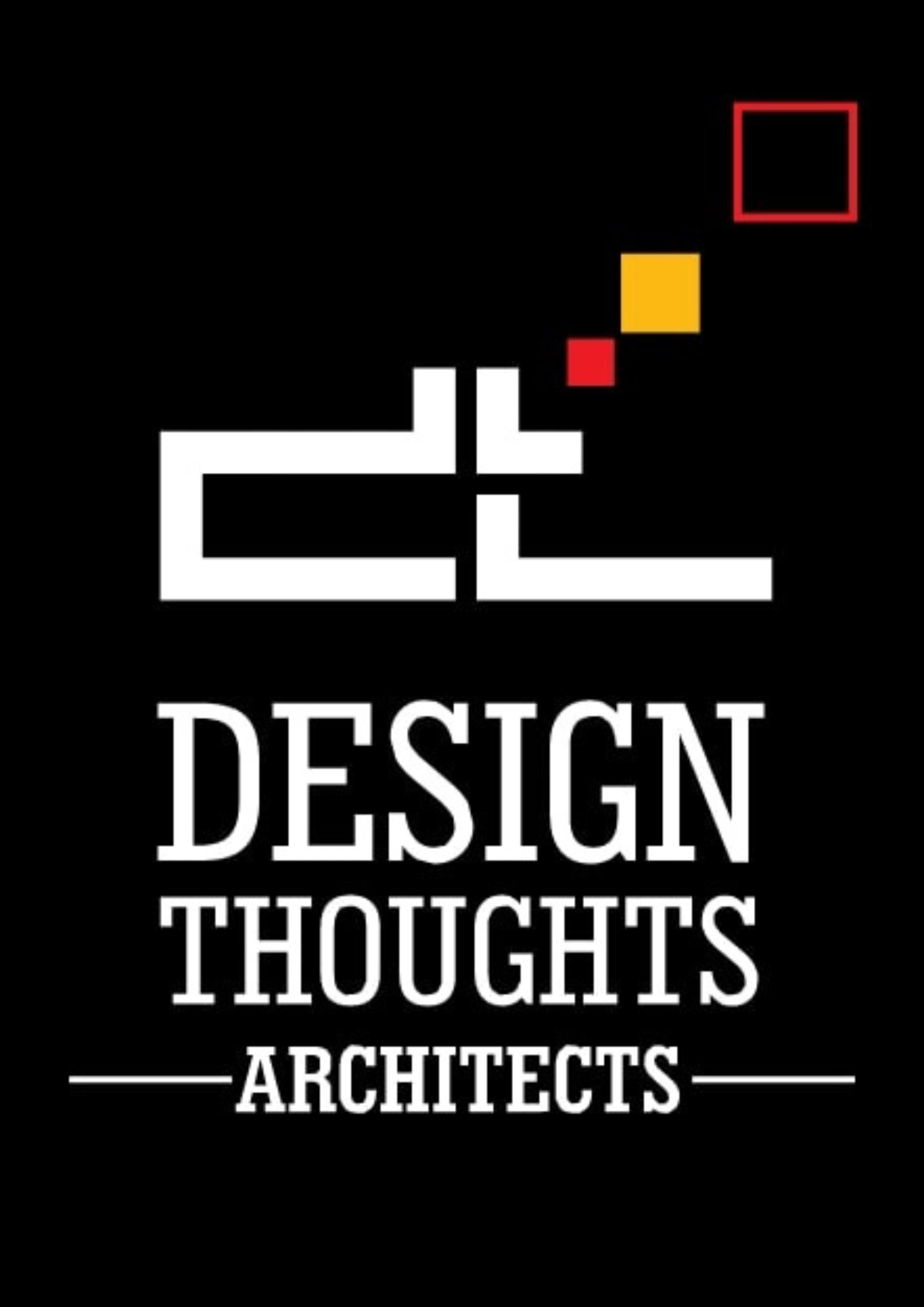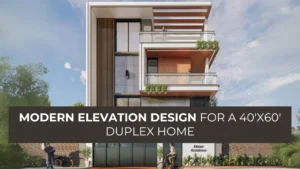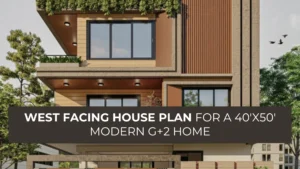Green Buildings – A Trend towards Sustainability
The green roof is an old technology of green buildings, buildings such as the gardens of Babylon and the Roman Empire, that is growing trees on buildings. During the 19th and 20th centuries, he planted green roofs in major cities in the United States to replace the rising cost of building parks in the inner city.
The green roof system is an addition to the roof of an existing plant for growing plants. Depending on the type of green roof and location, the plants may be modular or have drainage layers. However, all green roofs include a few important features, such as waterproofing and roots, to keep the building safe and undamaged.
Green roofing cools the surface and reduces heat from the air through evapotranspiration. These two methods reduce the temperature of the roof area and the surrounding air.
The green roof can be used in a variety of buildings: residential and commercial buildings, industrial, educational, and community buildings, toilets, and other types of buildings.
By creating shade under a layer of plants/plants, the temperature is reduced. These cold climates reduce heat transfer in the building and release it into the atmosphere. In the case studies, the average maximum reduction temperature was 11-25 ° C, due to the shade created by trees in two buildings with green walls and a green roof. One study examined the effect of rising vegetation on a thermal wall and measured a decrease in temperature above 20 ° C. In addition, moderate growth (substrate) on the green roof protects the lower layers from exposure to air and ultraviolet radiation. Lowering the temperature helps to keep the building cool by reducing the flow of heat on the roof and inside of the building. In addition, low temperatures reduce the flow of warm air over the roof, which may help to reduce the ambient air temperature.
Green roofs in three different types:
- Intensive–parks and gardens including Urban Agriculture
- Semi-intensive – garden green roofs
- Extensive–natural low maintenance green roofs
Blue-green roofs are the technology that combines green roof and blue roof technologies to maximize water storage.
Bio solar green roofs – where solar energy and green roofs are combined to provide renewable energy and bring biodiversity.
A summary of the typical features of each category can be seen below. Although there is a specific crossover, repairs, costs, and building requirements vary. We summarize the broad benefits in each area.
Green Roof Benefits :
1. Economic benefits by reducing energy costs – saving energy on cooling systems in summer and winter heating systems.
2. Economic benefits reflected in reduced costs of rainwater harvesting.
3. Additional building value.
4. Creating a new natural environment for plants and animals.
5. The reduced amount of rainwater returns to the ecosystem.
6. Reduced impact of extreme temperatures and urban heat islands.
7. Absorption of negative radiation, which improves the microclimate.
8. Absorbing harmful effects of pollutants.
9. The most efficient use of solar energy.
10. New places for relaxation, relaxation, and interaction with residents.
11. Improving the quality of life.
Design Standards :
When installing a green roof, three key factors must be considered carefully to ensure that your product lasts for many years without leaks or high maintenance costs.
The first of these is air conditioning, which can cause serious damage to both the green roof and the structure of your house. If too much air pressure is trapped under a green roof when the wind blows high, it may cause a change in pressure, a green pull on the roof. To prevent this from happening, the Wind Design Standard for Vegetable Roofing Systems guides and protects consumers from this.
Second, although a green roof provides fire protection for your building, there is still a risk that the vegetation will catch fire due to natural disasters in your area. This potential disaster can be reduced by using the VF-1 Fire Design Standard for Vegetative Roofs, a document designed to guide the “intelligent design and responsible care” of each unit.
Finally, one of the biggest problems green roof owners face is the damage caused by the roots of plants that pierce the roof of a house, tear off property, and endanger the entire building. The VR-1 Root Resistance Test Process introduces guidelines on how to safely test the barriers. This protects your home and how it can be repaired or improved. This is due to the short-term effects and should not be relied upon when studying the long-term effects of chemicals or barriers.
The setting, For Installing a Green Roof :
- By creating a natural barrier, a green roof can reduce the amount of noise that enters your dream home.
- Since your roof is covered with greenery, the amount exposed to the structure is limited. Making the roof membrane much stronger than unprotected.
- A green roof reduces the energy your home needs to keep warm, which saves money.
- Reducing the fire provided by a green roof helps protect your home.
- As a green roof uses waste that may end up in the sewer. As well as extending the life span of some household products such as the HVAC system. It reduces the amount of waste your home produces.
- By installing a green roof in your house, you will increase the value of your property due to the efficient operation of your electrical appliances and your home becomes more attractive.
 Source: Research Gate
Source: Research Gate
Disadvantages of Green Roofing:
- While a green roof can benefit you and the community. It is an expensive process that can lead to some unexpected costs:
- Green roof insurance is important, because of the power of drought or unexpected storms, but it is also expensive.
- The weight of a green roof can cause debt problems if its pressure causes it to collapse.
- Any damage plants can do to the structure, such as the roots that grow into shingles, will create costly repairs.
WHY SHOULD YOU INCORPORATE A GREEN ROOF IN YOUR HOME?
1. Low cost of heating and cooling
In summer the roof plants absorb light and heat from the sun, which keeps the roof cool. When the temperature of the roof is reduced, so does the temperature of the interior. In winter the green roof acts as a shutter, which retains more heat than a normal roof.
According to the National Park Service, for an average life expectancy of 40 years. A green roof will save about $ 200,000, of which about two-thirds will result in reduced energy costs.
2. Life of extended roof
As plants sit on roofs they act as a barrier, protecting the roof from direct ultraviolet radiation, wind, hail, and high temperatures.
3. Improving property prices and sales
Many people think of ‘green’ in the hope of reducing their carbon footprint and lowering their energy costs. With low maintenance, cost-effectiveness, and eco-friendly, a green roof is a good place to sell. Especially in urban areas where green space is limited.
4. Reduce flow and improve water quality
Data collected from a study by researchers at Pennsylvania State University Centre, for Green buildings Roof Research show that a green roof absorbs about 60% of rainwater over a normal roof. In addition, the water from the green roof is filtered green, so it is even cleaner. This is likely to reduce the need for complex and expensive drainage systems and reduce the amount of pollution in our rivers, lakes, and oceans. In some cases, a green roof can eliminate the need for rain gutters. That is one small concern about cleaning and maintaining the house.
5. It naturally absorbs carbon dioxide
With the growth of deforestation and urban sprawl, there are smaller plants that are naturally available to absorb the growing emissions of carbon dioxide. A green roof can provide much-needed vegetation in urban areas that need it most.
Green roofs offer numerous advantages and play an integral element in architectural regeneration. They contribute to a better quality of life in cities by lowering pollution levels and establishing green retreats for both inhabitants and animals. Depending on personal tastes, a range of plants may be employed to create appealing, unique solutions. Overall, green roofs are an excellent option to consider when designing your future structure.















